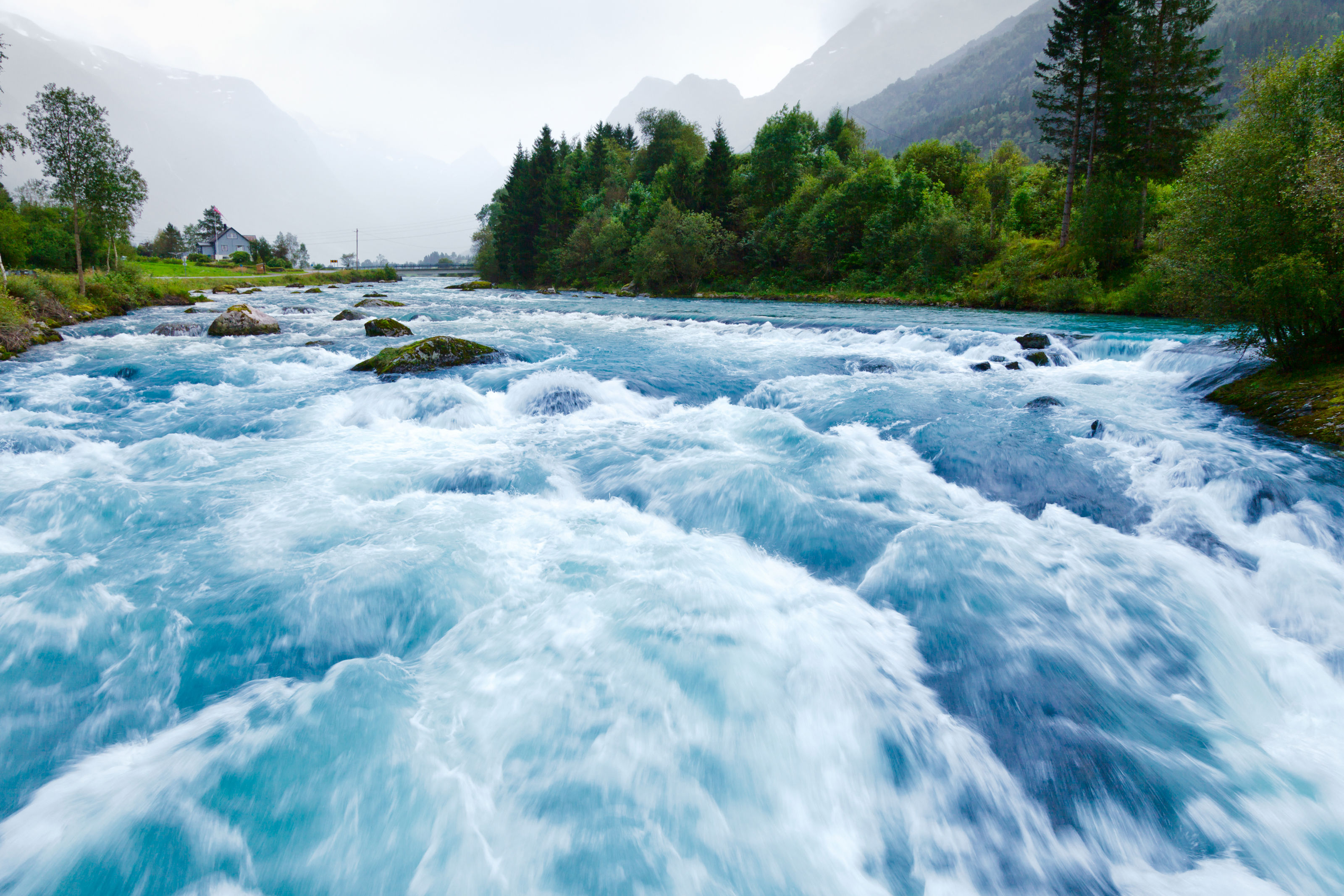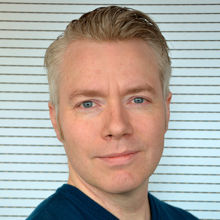Which Water-Soluble Environmental Pollutants Should We Prioritize for Removal from Nature?
Thousands of persistent and water-soluble environmental pollutants have been spread through food, drink, surfaces, air, and water. To remove these pollutants—where should we begin? The EU-funded research project ZeroPM is addressing this prioritization debate.

Thousands of environmental pollutants are being spread in the environment through water. The cleanup task is immense. The EU project ZeroPM is leading the debate on which substances should be prioritized. ( Stockphoto)
On September 19 and 20, regulators and other decision-makers, representatives from the chemical industry, water industry, and researchers will gather in Dessau-Rosslau, Germany, to share and discuss strategies to achieve the long-term goal: zero pollution of so-called persistent, mobile substances (PM substances).
NGI - The Norwegian Geotechnical Institute is the coordinator for this research project, which started in the fall of 2021 and will run until the fall of 2026. In this large-scale effort, 60 researchers from 15 different research institutions across ten European countries are working together to prevent, prioritize, and remove these dangerous chemicals, which are increasingly seen as a global threat.
“These substances are now found everywhere in nature. Even in the Arctic, PM substances have been detected in the blood of animals like polar bears. Humans also have them in their blood. Because many of these substances enter the food chain and accumulate, the problem will only grow. Therefore, we need to take action now,” says Hans Peter Arp, technical expert in Environmental Technology at NGI and coordinator for ZeroPM.
Alternative Solutions and Stricter Regulations
In the first phase of the research project, ZeroPM has focused on finding chemical alternatives to the harmful PM substances, raising awareness among decision-makers, and achieving regulatory changes.
Until now, only chemicals that accumulate in living organisms, known as bioaccumulation, have been regulated. But there is increasing recognition that chemicals remaining in water, which can be transported over long distances, are equally challenging.
“The combination of these substances being persistent and highly mobile makes it difficult to remove them from, for example, drinking water production, filtration systems, or waste facilities. We can't, for instance, remove the substances when purifying water,” explains Arp.
Developing Tools and Methods for Effective Action
Now, in phase two, the focus is on determining priorities to maximize cost-benefit outcomes and creating concrete tools for action. To achieve this, the research project is developing methods to identify all PM substances in the global market and assess their effects on human health and the environment.
“The ZeroPM database will make it easy to identify which PM substances are produced or imported into Norway, as well as in various countries around the world. This will serve as an important starting point for assessing actions and alternative chemicals. The database, managed by NGI, will be free for everyone to access,” says Arp.
Arp emphasizes that the exchange of knowledge and opinions between researchers, industry, and decision-makers in Germany on September 19 and 20 is crucial for finding effective solutions.
“We are all in the same boat because we all have to drink from the same water. Therefore, we must solve this challenge together,” says Arp.
The final phase of the project will focus on how to remove these substances from nature.
